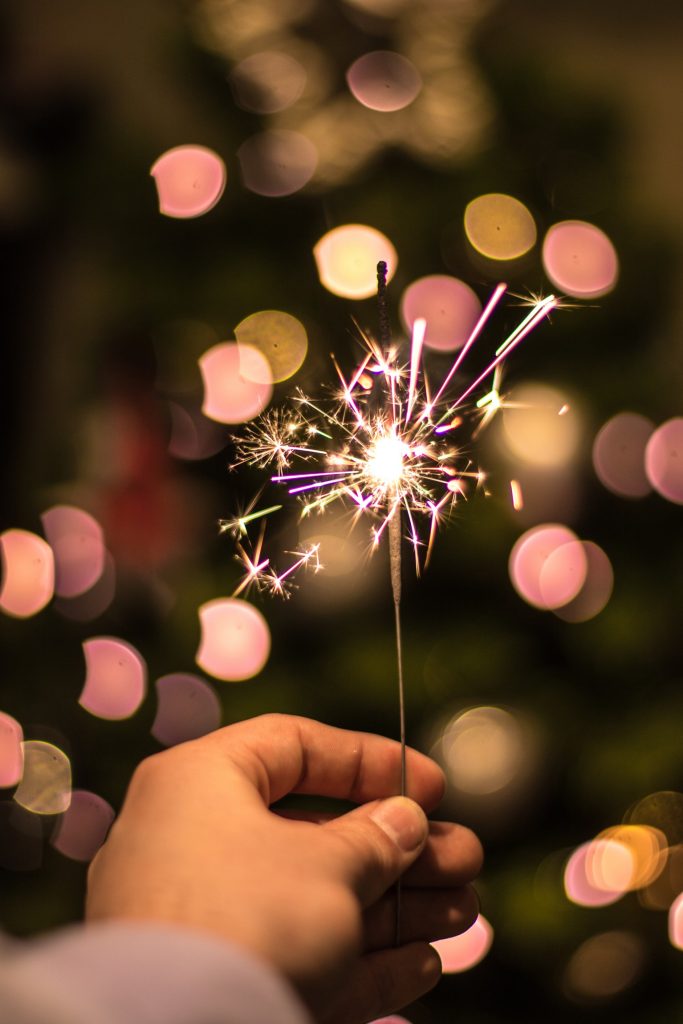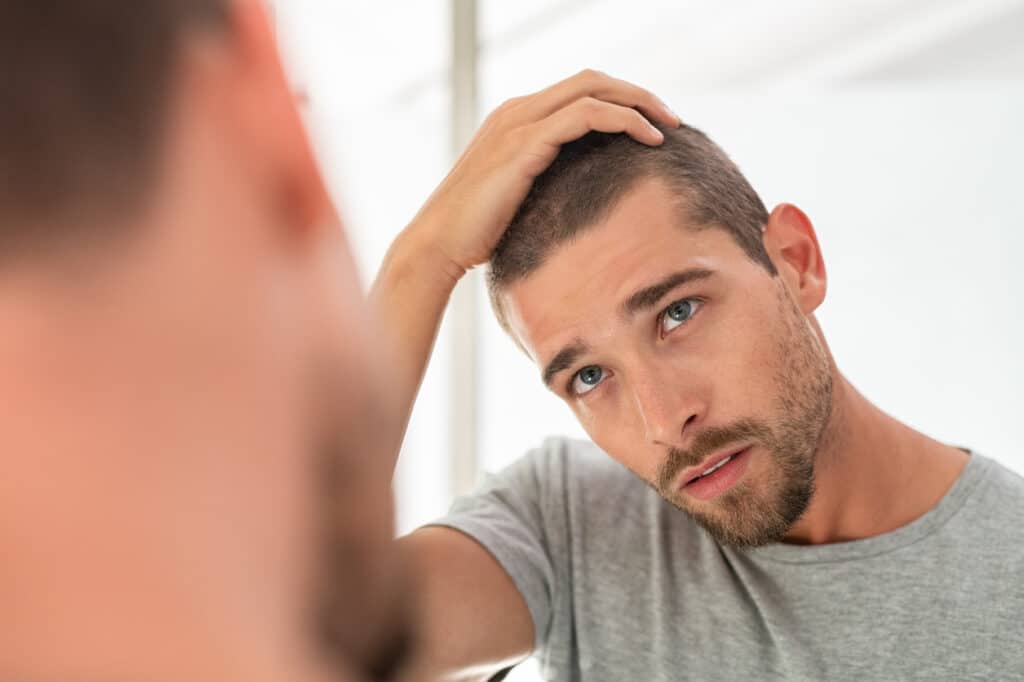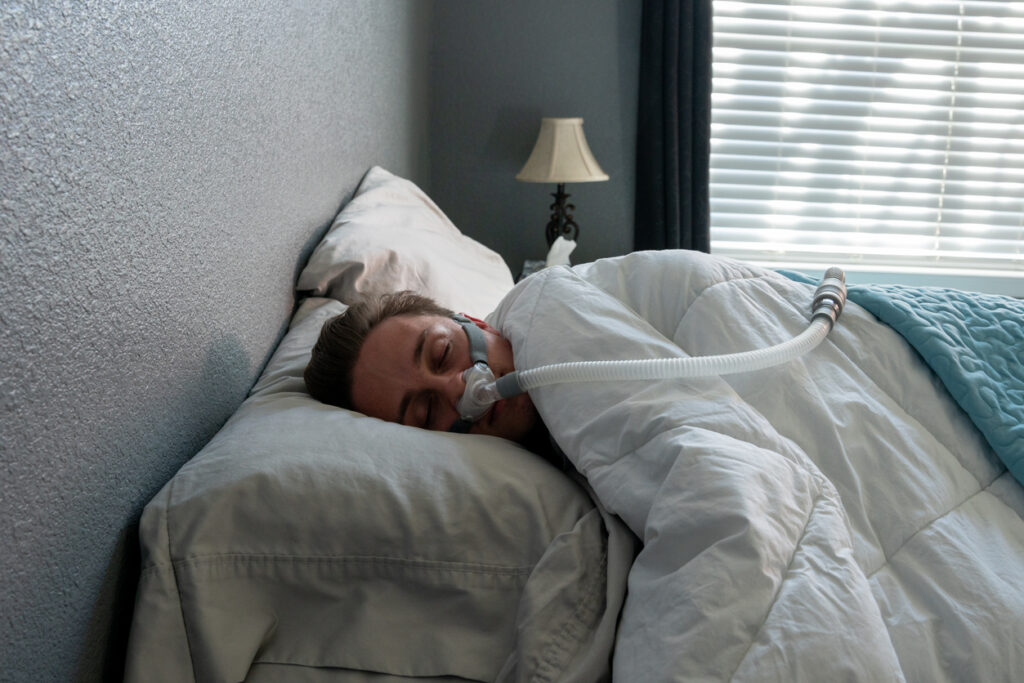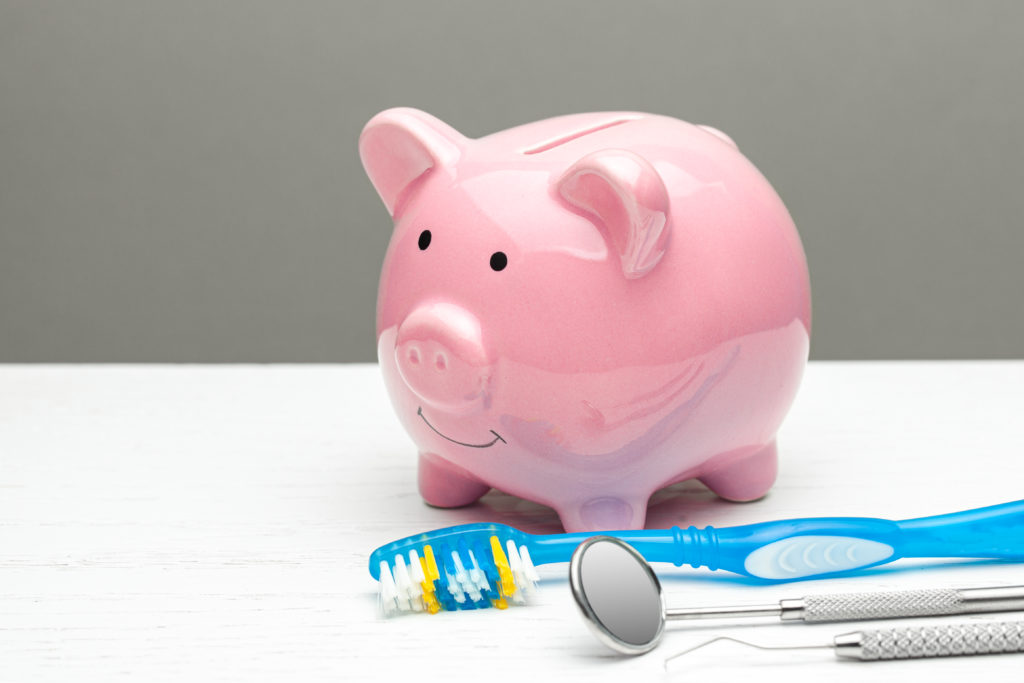Whether it is a scald from hot water or an encounter with a chemical or flame, it is important to seek out medical help if you are unsure about the damage and pain of the burn on your skin.
When should you see a doctor about a burn?
Seek medical treatment immediately if the burn is:
- Larger than a 20 cent piece
- Deep
- Not causing pain
- Involving the airway, face, hands, or genitals
You should also schedule an appointment with your doctor after a burn if the pain and inflammation increases or is prolonged.
Get on top of your general health
Find and instantly book affordable GPs within Australia
What type of burn do you have?
A burn can be categorised into three types:
Superficial (minor or first degree)
- Damage to the top layer of skin only
- Skin is red and painful
Partial thickness (moderate or second degree)
- Damage is deeper than the top layer of skin
- Blistering, peeling, and swelling is occurring
- Yellow-coloured fluid is leaking from the wound
Full thickness (severe or third degree)
- Damage is through to the underlying tissue
- Covers more than 20% of your body
- Skin is black and charred with white exposed tissue or bone
- No pain
What can you do immediately after a burn?
Minor burns
- Run cool water over the affected area for 20 minutes
- Bandage the wound in a non-adhesive bandage without any ointments or creams
- If the pain continues to get worse, call your doctor right away
Moderate to severe burns
St John recommends the following:
- Follow DRSABCD
- Run cold water over the burn/burnt area for at least 20 minutes
- Remove clothing and jewellery from burnt area, unless it’s sticking to the burn
- Cover the burn with a sterile, non-stick dressing (e.g. Glad wrap or a wet dressing)
- Seek medical assistance immediately – if the burn is severe call an ambulance
What will the doctor look for at your appointment?
Once you are admitted for treatment, your doctor will first assess tissue damage and the severity of the burn. Burns are assessed by the:
- Area
- Size
- Depth
- Moisture level
In extreme burn cases, the skin cannot replenish itself to heal the burn. In such cases, a surgeon will be consulted for a skin graft.
It can take up to 14 days for a burn area to fully reveal its size and depth, which is why careful monitoring is necessary for all types of burns.
A dressing will be applied to keep the wound dry and free from any bacterial infection.
Be prepared to see your doctor over a series of visits to ensure the care and healing of the burn area.
Your doctor will be able to assess if a specialist is needed to further your treatment plan.
Next Steps
HealthEngine can help you find and book an appointment with your regular GP or another experienced professional at a practice near you.
Links
- Better Health Channel – Burns and scalds
- Health Direct – Burns and scalds
- St John – Burn fact sheet (PDF)
This article is for informational purposes only and should not be taken as medical advice. If in doubt, HealthEngine always recommends consulting with a registered health practitioner.
A: Use HealthEngine to find and book your next GP appointment. Click on the following locations to find a GP clinic in your state or territory.
This article is for informational purposes only and should not be taken as medical advice. If in doubt, HealthEngine recommends consulting with a registered health practitioner.
All content and media on the HealthEngine Blog is created and published online for informational purposes only. It is not intended to be a substitute for professional medical advice and should not be relied on as health or personal advice. Always seek the guidance of your doctor or other qualified health professional with any questions you may have regarding your health or a medical condition. Never disregard the advice of a medical professional, or delay in seeking it because of something you have read on this Website. If you think you may have a medical emergency, call your doctor, go to the nearest hospital emergency department, or call the emergency services immediately.








